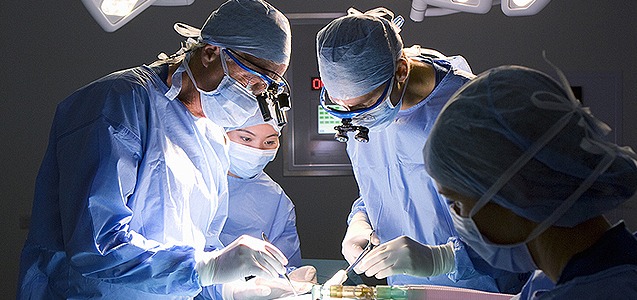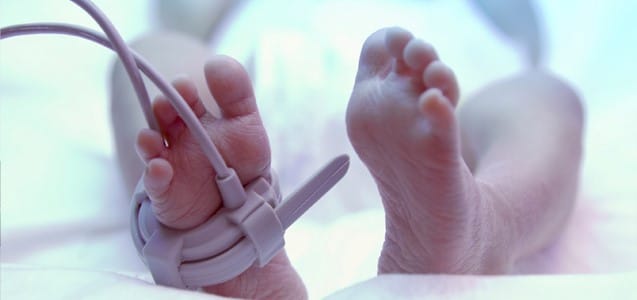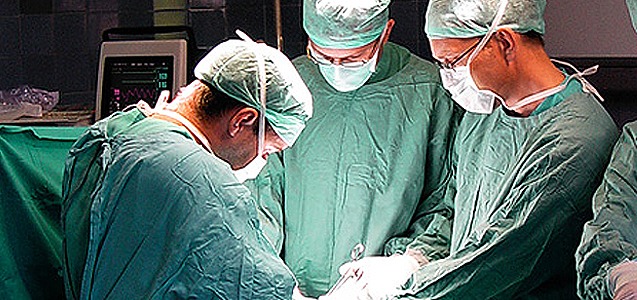The National Center for Biotechnology Information (NCBI) reports that Cesarean section (C-section) is the most common surgery performed in the United States. With more than 30% of deliveries resulting in caesarian section, it is important to be aware of childbirth-related injuries to the mother. Although surgery carries risks, bladder injury during cesarean delivery can be a direct result of medical negligence. A negligence claim related to C-section bladder damage may be filed for a number of reasons.
For example, if:
- Injury, such as bladder laceration and/or ureter transection, occurs during the operation, but is not identified at the time of operation
- The proper protocol was not taken for a woman who has had a cesarean section before (patients with prior cesarean deliveries are at significant risk for bladder injury at the time of the repeat cesarean delivery)
- Timing of cesarean delivery was not properly handled by doctors (cesarean section performed at the time of the second stage of labor carries a significant risk for bladder injury)
The most common injury at the time of either obstetric or gynecologic surgery, such as a C-section, is a urologic injury, with the bladder being the most frequently damaged organ. Though not life-threatening when discovered at the time of the C-section, a bladder injury can be an extremely painful and unpleasant experience and lead to permanent injury such as loss of bladder retention, loss of bladder control, urine leakage and a neurogenic bladder. Treatment may require continuous bladder drainage through the use of a catheter and subsequent surgical procedures including fistula repair and bladder augmentation surgery.
If the bladder injury caused during a C-section is not discovered at the time of the C-section, the repair of the injury is delayed and this delay can be life-threatening. If the bladder or ureters have been cut during C-section, serious symptoms will occur within just a few hours following the C-section, including blood in the urine, bloating of the abdomen, abdominal pain, abnormal urinalysis results (elevated BUN and creatinine levels) and infection, including peritonitis and sepsis, may develop.
If you or a loved one has experienced bladder complications during a cesarean section as a result of medical negligence, call The Yost Legal Group right away. If you have been a victim of a medical mistake, there is a limited time to file your claim. Call 1-800-YOST-LAW (967-8529) today to speak with an experienced Baltimore Birth Injury attorney for FREE.
When you call The Yost Legal Group, Baltimore, Maryland Medical Malpractice and Birth Injury law firm, you will speak with an experienced, compassionate attorney that will help you understand the details of your case and provide the answers you need.
When you trust The Yost Legal Group to represent you, we will never charge an attorney’s fee unless we achieve a recovery for you.
Every mother has the right to a safe, healthy and extraordinary childbirth experience. If your pregnancy had a bad outcome, call The Yost Legal Group today.



